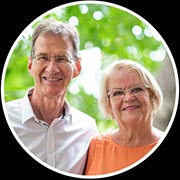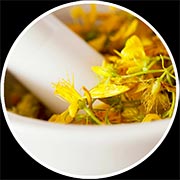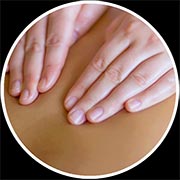Japanese Acupuncture is an extremely gentle but a highly effective form of treatment, using very fine needles, which are inserted very shallowly or not inserted at all.
The main differences between Japanese and Chinese style acupuncture are:
- Japanese style tends to use needles three to four times finer than Chinese styles, enabling a painless insertion.
- Needling in Japanese style usually remains very shallow, about 1-2mm, without the need to manipulate needles, rather relying on location, direction of needle and the breath to create the required effect. Other times the needles do not even penetrate the skin, but rather simply touch the points.
- Points are located by palpation, not purely the anatomical location.
- The pulses as well as the abdomen are palpated to indicate patterns of imbalances so the practitioner can understand their treatment principles.
- The Japanese style has unique variations and refinements in the development and usage of cupping, moxabustion (thermal therapy), bloodletting and physical therapeutic movements (Sotai).
- Treatment is directed at harmonising Ki (Qi) in the body through the meridian system instead of using herbal diagnosis methods.
Clients may experience little more than a sensation of warmth or tingling as the points are stimulated.
The whole process is very relaxing. Most clients feel a deep sense of calm and wellbeing. The session itself is normally half an hour to an hour long.






